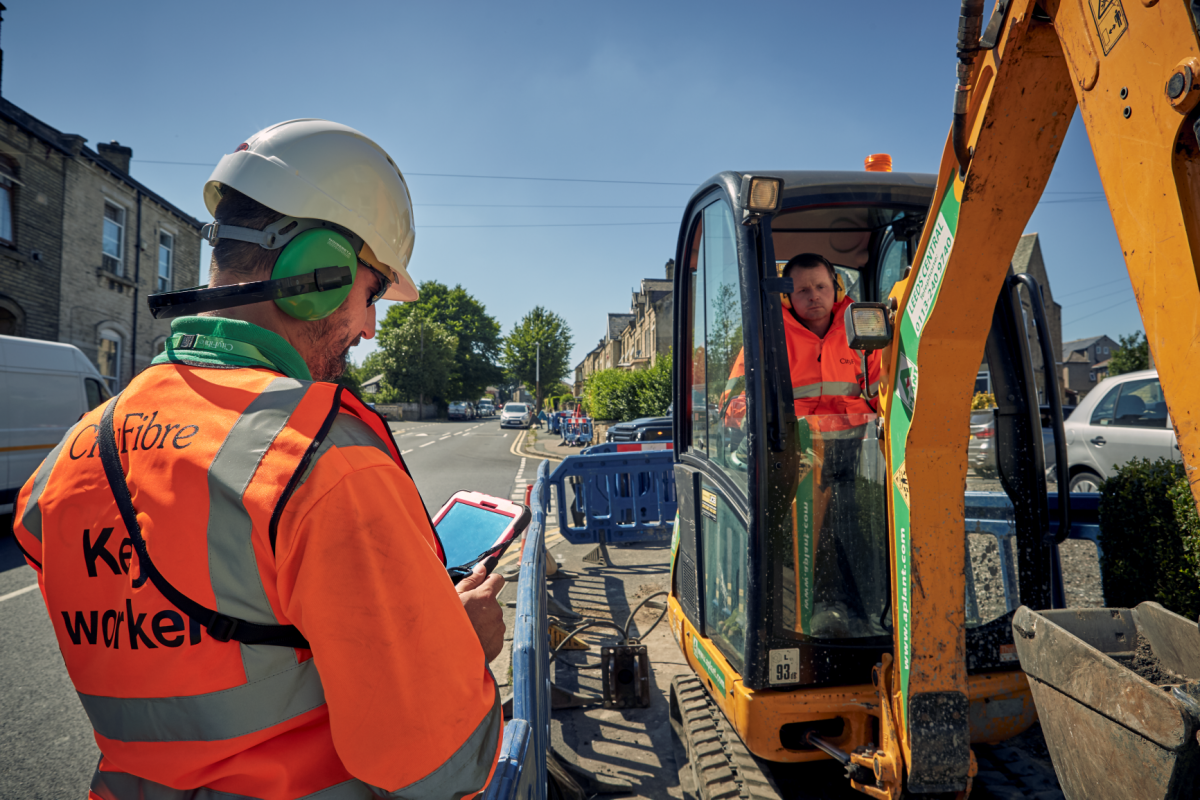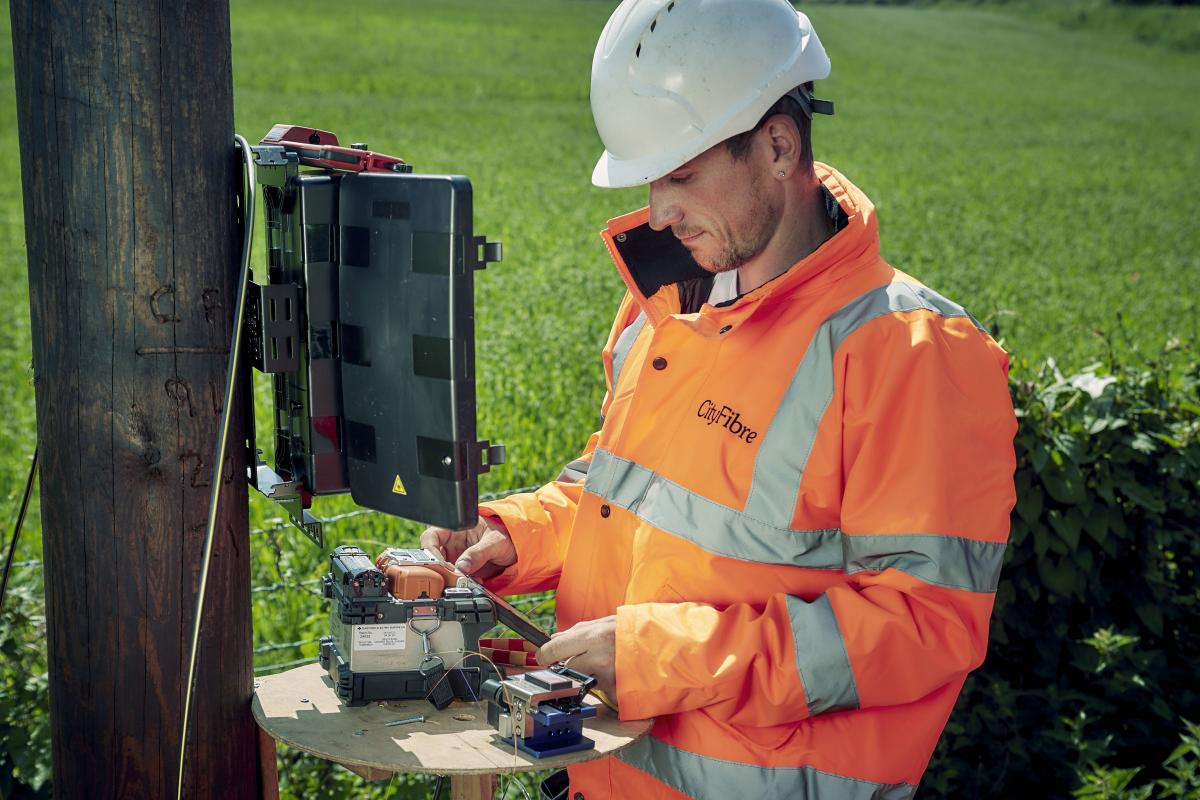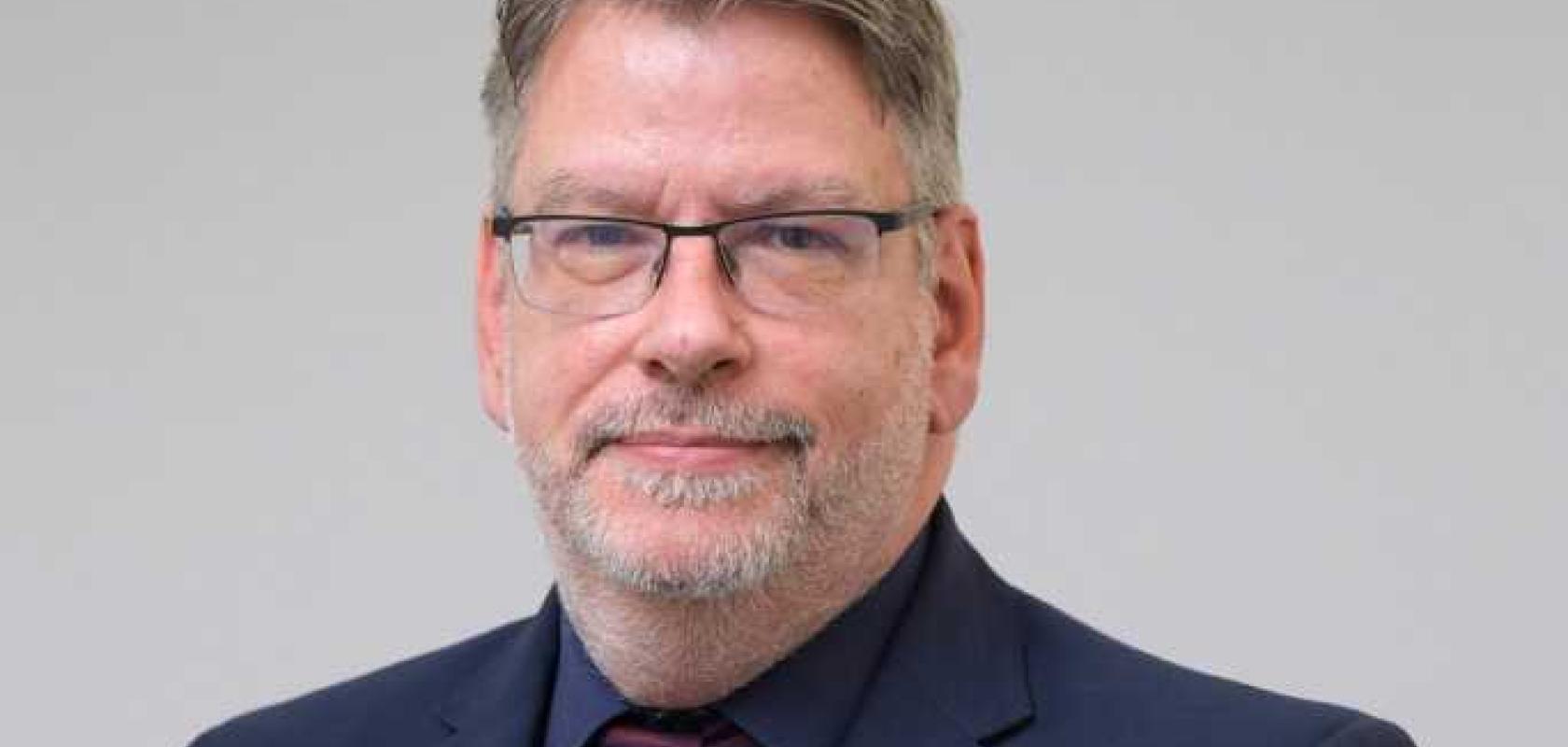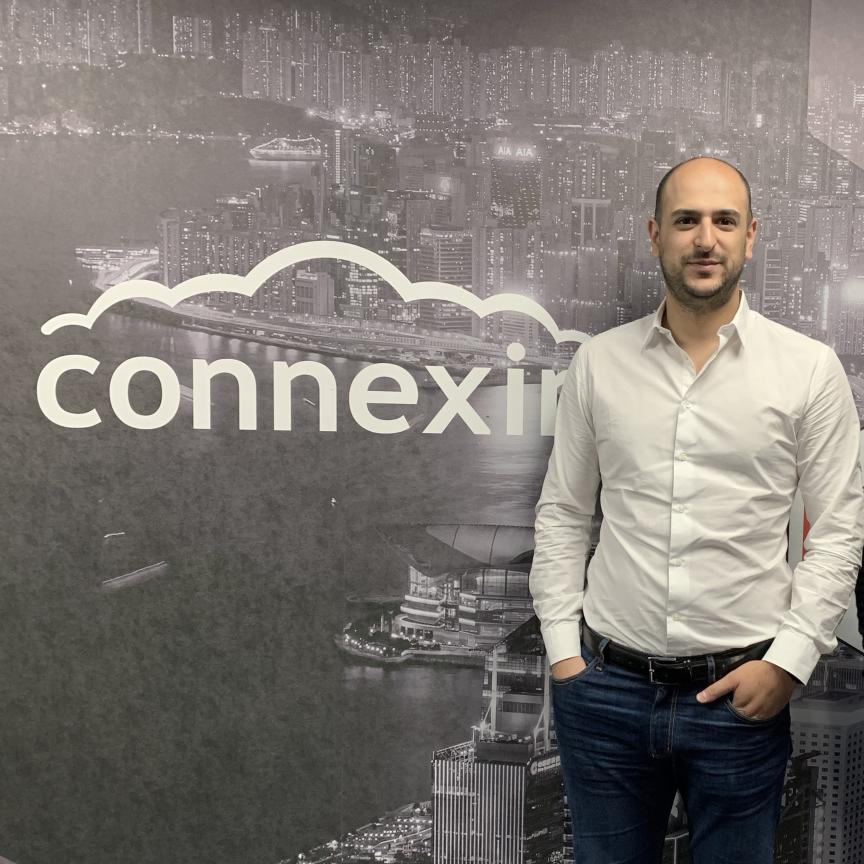Welcome to the role of INCA chair. You’re also head of regulation at CityFibre. How did you get into the industry and what appealed about the INCA role?
I’ve been involved in UK telecoms from the policy and regulation side for about 30 years. In the early 1990s I worked as a civil servant on a project called the Duopoly Review, which was about introducing competition and liberalisation into the UK telecoms market. Then, there was just BT and Mercury and so the decision was taken to open the market up, allow the cable companies to come in and allow new entrants to start building networks.
At the time, I was asked to write a speech for our then minister, the theme of which was ‘five more years of this effort and we will have a fully liberalised, dynamic and competitive telecoms market.’ That was 1991, so it’s easier to say those words and it’s harder to achieve them.
Bringing it up-to-date and we have an almost uniquely favourable set of circumstances for investment and competition in the telecoms industry. Perversely, the UK is so far behind some of the more advanced countries in full fibre roll-out, that actually the investment case is already proven. That’s combined with the fact that this is a really good time to be borrowing money for big infra-projects - the lending market conditions are pretty favourable.
Added to all of that, since 2018 we’ve had a real change in tone from government messaging and leadership. Before that there were still some ministers asking ‘do we really need full fibre? Isn’t fibre to the cabinet (FTTC) good enough?’ We were always somehow on the back foot regarding how fast data demand will increase and how fast apps and services over a network will grow their own bandwidth needs. Here’s an opportunity to build future-proof networks, in that they’re not just capable of offering ‘gigabit-capable’ connectivity, but can offer 10G symmetrical or even 100G symmetrical if we need it, because it’s all about putting the capacity in the ground so you have an infinite upgrade capability from thereon.
The other part is, I like firms who are hungry and who really want to shake things up. That is the INCA membership.
Independents are becoming more widely recognised for their contribution to FTTH roll-out. Why do you think their role has been so important?
The altnets are people who are not defending their existing market share or their market base, they’re looking to expand. They all have the potential to really scale-up. If you look at what they’re committing to, it’s almost the same investment profile in aggregate and speed-of-deployment that Openreach is promising.
The INCA membership is genuinely eager to just get on with making these investments. All they need is the right policy and regulatory environment to make that happen. Part of my role is about communicating the importance of that message of the aggregate investments that these companies want to make; the benefits that will flow from that investment for the UK; and then making sure that policy makers, both at Ofcom and the government understand that and put in place the right frameworks to make it happen.
The current situation, with everybody stuck at home and trying to work or manage video calls where people keep dropping in and out is the best possible proof-point of why we need world-class connectivity. All of the messaging coming from the altnets is about positivity, ‘can-do’ spirit and going further, faster. I think it’s our moment in the sun in a way. We’re responding and we’re seen to be responding to that pent-up public demand for actual 21st century quality infrastructure.

What would you say are some of the greatest challenges altnets face?
There are a few points to this. The first is, let’s face it, entering a market where you’re up against incumbents that are big, well resourced companies with an established market position. In economics jargon, there are big barriers to entry.
The altnets recognise that there is a foot race where they need to get to scale with their businesses pretty quickly. That’s exacerbated by the government setting some challenging targets for completing national coverage. The foot race is to build as much as we can as fast as we can and make as big a contribution as we can. Even the amended target of 85 per cent by 2025 is very ambitious. So, there is a lot to do to rapidly get up to scale to make that in-road into the market.
All of this is happening at a time when we’re obviously also having to deal with Covid, which has made life pretty hard. One thing I would say is that the government made a really good decision early on to allow us to keep building and maintaining our networks.
The other thing is, in a policy and regulatory environment, the government and Ofcom really have to allow competition on a level playing field. If you’re a new entrant coming up against the incumbents and larger players, you need to know that your government and regulator are really pro-competition.
Can you tell us a bit about the work INCA is doing to support altnets in these challenges?
One of the big themes for INCA is, how we can make sure our voices are heard when decisions are made on big regulatory issues and also on things like how the government is going to divide up the subsidy money that it is allocated; how do we make sure that our contribution is fully recognised and is supported through the way that the rules are put in place on both of those things?
Another big theme is ‘scaling-up.’ The constituent parts of that are scaling-up in terms of skills and training and a workforce to actually build all of this infrastructure. That’s really important. There will be a lot of new jobs and new opportunities as a result of this major infrastructure investment that’s taking place. The altnets are ready, willing and able to create jobs and training opportunities and career paths but we need to work collectively to find ways of being efficient in sharing some of that.
There’s a big theme about having the ability to jointly wholesale all of the different network footprints being built. So, how can they be wholesaled in a collective fashion to the ISPs in order to give consumers real choice? Different INCA members have different business models. CityFibre, for instance, is a wholesale-only provider and has got existing ISP deals now in place with Vodafone, TalkTalk, Zen and a range of other, smaller ISPs.
Other altnets have a different model where they initially go retail, setting up their own ISP and getting customers on board that way, with a view to going wholesale and bringing Sky, TalkTalk etc.. onto the platform. INCA wants to work collectively to find ways to facilitate that wholesale opportunity. That might be through the creation of one or more joint wholesale platforms. Whatever platform is put in place it will have to facilitate this much easier ‘one-touch’ switching that Ofcom wants the whole industry to adopt.
Also, scaling-up just in terms of having a voice and a seat at the table that is commensurate with the kind of money that INCA members are investing in the UK.
And plans going forward?
We are looking at how we can get the public sector to join the journey to adopt full fibre technology, make the best use of it, and really develop the most advanced use-cases.
People have been talking, for example, about telemedicine for years. In my view, until the pandemic it’s never really gained any momentum, and now it is starting to. I think the entire NHS estates in general are becoming aware that they have to have much more deep and reliable connectivity available to do the things that they now realise they can do, and efficiently. But the technology hasn’t quite caught up.
Similarly, we have some local authorities around the country that are interested in smart and energy efficient cities - the overlaps between the digital infrastructure and, for example electric vehicle charging points. What INCA would like to do is facilitate more dialogue with local authorities and other parts of government across the board to really get the public sector stepping up and being an anchor for the investments that we are making.
Could you share your thoughts on Ofcom’s recent Wholesale Fixed Telecoms Market Review (WFTMR) and the government’s Project Gigabit announcements?
The government and Ofcom made very clear statements in March that they want a competitive market. But, when you get a layer down from that into the detail, there’s still quite a bit to do to really create a genuine level playing field.
I do think the government’s announcement is very positive. We’ve had very strong leadership from and it has been really helpful. Targets are good because they force everybody to think about the real barriers.
The INCA collective view would be that we still need to see all of the detail about how the public subsidy will be spent, before we can give it a massive ‘thumbs up’. But I think INCA members draw a lot of comfort from a published structure that looks very carefully designed to allow for competition. This is all operating against the background of the Superfast Programme, the previous round of government subsidy for ‘superfast’ connectivity, where almost all of the money went to BT. This time around I believe the government wants to avoid that outcome. Government is also consulting on a reform of the Wayleave rule, so that looks very positive in terms of making it an easier process.
On the Ofcom side, I think it’s a bit of a curate’s egg. We look at the overall messaging and again, it’s very positive. The fact that there’s regulatory certainty over a 10-year period is really good when you’re investing a lot of money and won’t make a return on it for somewhere between five and 10 years.
They’ve done some good things in terms of easing off on price regulation, which gives us all a bit more scope to compete. They’ve also introduced some specific constraints on Openreach being able to engage in anti-competitive pricing. That’s really important because a monopolist can decide where they’re going to compete, if they’re everywhere.
The curate’s egg part is that a lot of INCA members are building in rural areas and there’s a concern that Ofcom has approached this exercise by dividing urban and rural areas and applying slightly different rules to each. In rural, they seem to be pretty much disregarding the contribution that the altnets are making and the regulation is very Openreach-centric. There’s a statement in the WFTMR that demonstrates that competition isn’t expected to emerge in rural areas, so the regulation is all about creating the right investment incentives for Openreach. I just think that’s totally the wrong approach.

INCA has undertaken a lot of work when it comes to the aforementioned issue of skills. What do you think needs to happen in order to close the gap?
I think it’s a combination of things. It looks as though, if everybody builds at the current intensity that they say they will, we are going to hit a real resource crunch, probably around 2024. So, like everything else we’re doing it’s a bit of a race against time. What we have to do now is create a big enough funnel of potential employees to really then create a pipeline of people who can be trained up and deployed and skilled in ways that will actually allow us to hit the target.
That discussion has been very Openreach-centric, but the altnets certainly feel very strongly that we do our share, not just taking people who have already been skilled, but our share of the skilling and the career path creation. That means thinking about apprenticeships, thinking about working with the education sector to create suitable bridges between vocational education and the kinds of jobs for which we are looking to hire.
Critically, it also means that there is a surprisingly large volume of work that is created specifically from the passive infrastructure access, the re-use of ducts and poles. So, there’s a specific skills and accreditation challenge around having enough people who are actually qualified to undertake the work.
We’ve got some challenges there but overall, I’m pretty optimistic. We’re additionally operating at a time when the economy is not at full employment, and the government has just announced restrictions on migratory workers. That said, the key for me is creating jobs that are careers, not just temporary opportunities. That’s the really interesting and challenging part.


